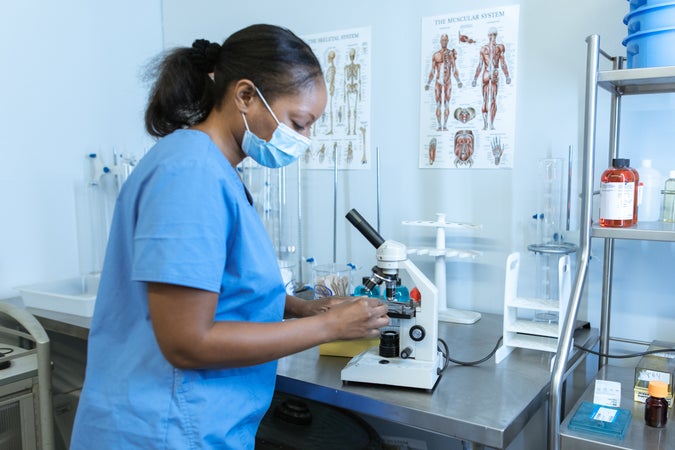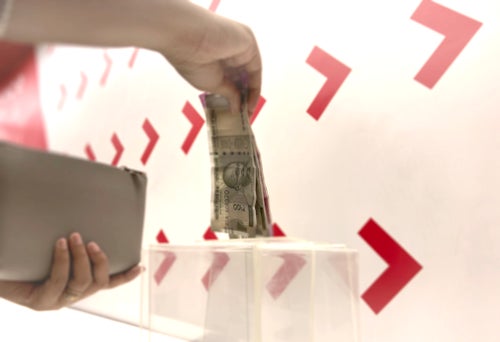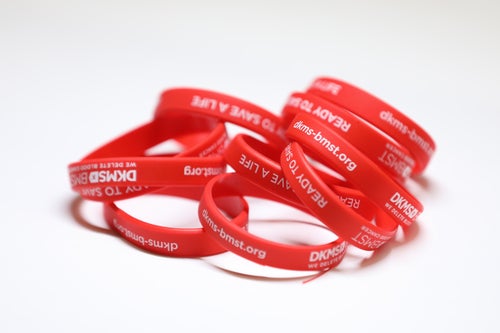Peripheral Blood Stem Cell collection
Peripheral blood stem cell collection is safe and the most commonly used donation method today.
This involves the doctor placing a special intravenous line in each arm's vein, much like giving blood. In the run-up to the procedure, donors are given a drug called Granulocyte Colony Stimulating Factor (G-CSF) for a period of five days.
G-CSF occurs naturally in the body and increases the number of stem cells that are produced in the bone marrow and flushed into the bloodstream.
While taking the injections, the donor may feel flu-like symptoms, but these will disappear after the donation and there are no known long-term side effects of this injection.
On the day of donation, the donor’s blood is collected from one arm, using a sterile, disposable kit and passed through a machine that separates out the increased number of blood stem cells. The remaining blood is routed back to the donor through the other arm. This is a very safe, non-surgical outpatient procedure that takes approximately three to five hours to complete at the most, and donors can normally leave the collection center on the same day. Very rarely is a second-day collection needed.






